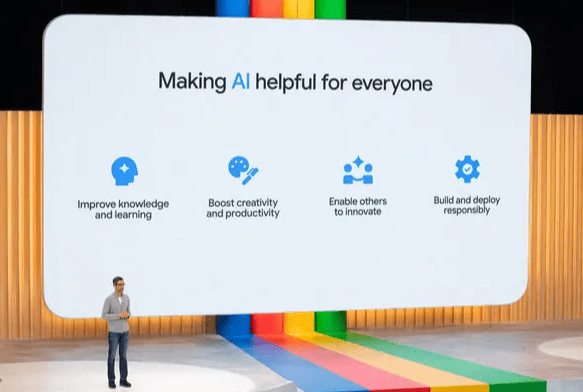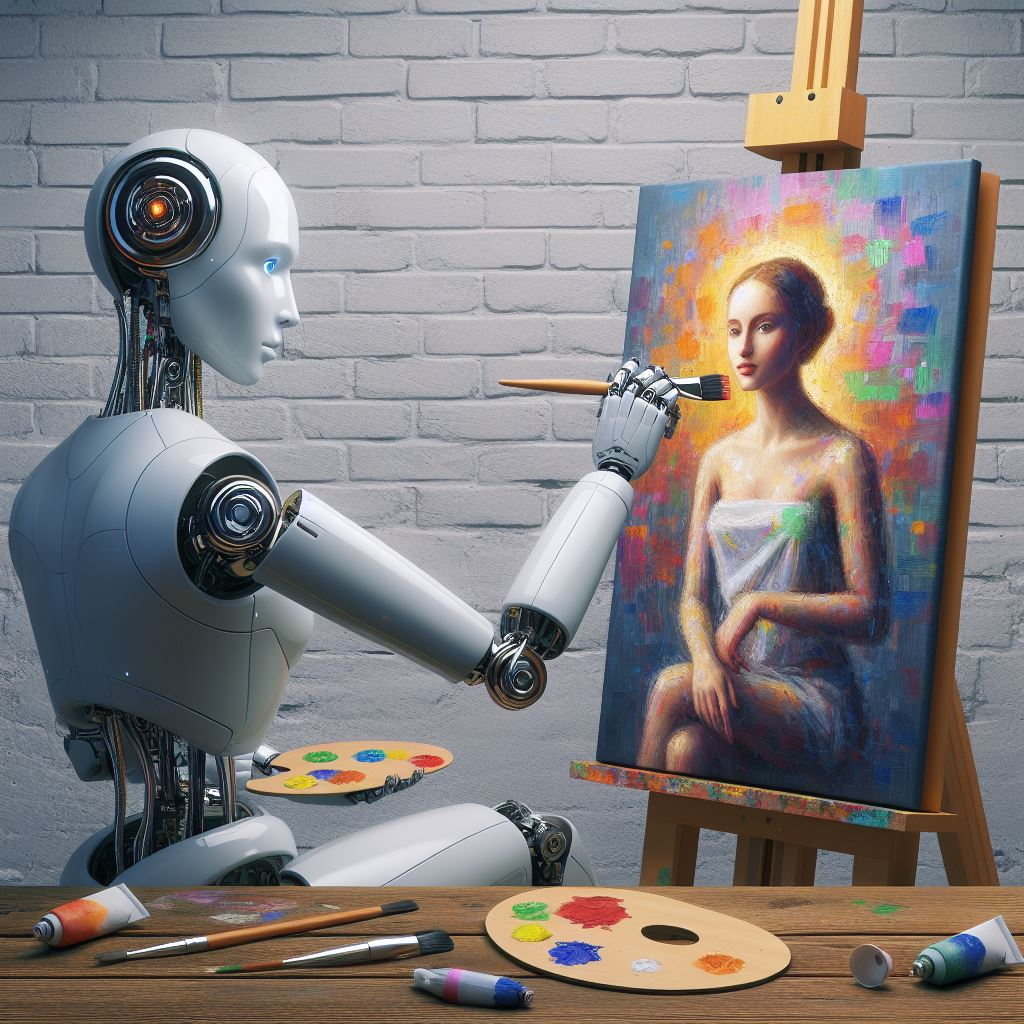Google Photos’ AI-Powered Marvels
In the dynamic realm of digital memories, Google Photos emerges as a beacon of innovation, introducing a slew of new features that harness the power of artificial intelligence (AI) to redefine how we organize and interact with our visual narratives. As we delve into the latest enhancements, Photo Stacks and intelligent categorization of screenshots and documents, the very essence of curating our digital galleries takes a revolutionary leap.

In the hustle of capturing the perfect shot, our photo galleries often bear witness to a surplus of similar photos, creating clutter and hindering the seamless revisiting of cherished moments. Google Photos tackles this challenge head-on with Photo Stacks, an ingenious feature driven by AI. This functionality automatically identifies and groups similar photos taken in close succession, intelligently selecting the ‘best’ photo as the top pick for the stack.
The brilliance of Photo Stacks lies not just in AI automation but in user empowerment. Users retain the flexibility to choose their preferred top pick or modify stacks according to personal preferences. With a third of most galleries comprising similar photos, Photo Stacks promises a significant reduction in clutter, offering a visually streamlined experience without sacrificing any memories.
Beyond the aesthetically pleasing arrangement, Photo Stacks preserves the freedom to explore hidden gems within the stacks. By tapping on a stack, users can seamlessly scroll through the collection, unlocking the wealth of moments tucked away behind the chosen top pick.
The innovation doesn’t stop at photo grouping. Google Photos employs AI to delve into the intricate task of organizing diverse visual elements, such as screenshots and documents. This transformative feature identifies, categorizes, and intelligently groups screenshots and documents into albums, enhancing accessibility and decluttering the main gallery. Imagine effortlessly locating a specific screenshot or document without endless scrolling. Google Photos’ AI utilizes Optical Character Recognition (OCR) to recognize and categorize items like screenshots, receipts, and documents, placing them within dedicated albums. This strategic organization not only simplifies retrieval but also opens the door to setting reminders directly associated with these images.
The integration of reminders takes Google Photos from a mere gallery to a personalized digital assistant. Users can set reminders for screenshots containing critical information, such as event tickets with QR codes. The synergy between visual content and functional reminders enhances the practicality of Google Photos, making it a central hub for both memories and actionable information. To further streamline the user experience, Google Photos allows automatic archiving of screenshots and documents after 30 days. This feature keeps the main gallery clutter-free while ensuring that the archived items remain easily accessible from their dedicated albums, striking a perfect balance between tidiness and accessibility.
The exciting developments in Google Photos are not confined to a specific platform. Whether you’re an Android enthusiast or an iOS aficionado, the Photo Stacks feature and the intelligent categorization of screenshots and documents are set to roll out across both ecosystems, ensuring a unified and enriched experience for all users.
The innovation encapsulated in Photo Stacks goes beyond surface-level aesthetics. Let’s delve deeper into how AI orchestrates the magic of tidying up your gallery. Google Photos employs advanced AI algorithms that go beyond simple timestamp or location-based categorization. Instead, the AI analyzes visual similarities, grouping photos that share nuanced visual elements. This ensures that photos taken in rapid succession, capturing a dynamic moment, are elegantly stacked.
The AI’s ability to choose the ‘best’ photo as the top pick is not arbitrary. It takes into account various factors such as clarity, composition, and even emotional resonance. While users can override these selections, the AI-driven curation often aligns with the user’s subjective preferences, making the entire process seamlessly integrated into the user experience.
One of the standout features of Photo Stacks is the user’s ability to customize and curate their stacks. If the AI-selected top pick doesn’t align with your personal preference, fear not. Google Photos puts the control back in your hands. Manually choose your preferred top pick, modify stacks as you see fit, or, if the feature isn’t to your liking, turn it off entirely. This level of customization ensures that your digital gallery remains a reflection of your unique perspective and memories.
As we move beyond the aesthetic allure of Photo Stacks, Google Photos’ AI-driven organization takes center stage in addressing a universal challenge—managing the deluge of screenshots and documents that inundate our digital lives.
The backbone of Google Photos’ document and screenshot organization lies in Optical Character Recognition (OCR) technology. This sophisticated technology extracts textual information from images, enabling the AI to categorize screenshots and documents accurately. Imagine snapping a picture of a concert ticket containing crucial event details. Google Photos not only categorizes it intelligently but also harnesses this information to provide practical functionalities.
Google Photos steps into the realm of personal assistants with the introduction of reminders linked directly to visual content. For instance, if you capture a screenshot of a concert ticket, Google Photos allows you to set a reminder to revisit the screenshot closer to the event date. This seamless integration of reminders transforms your gallery into a dynamic tool for managing events, appointments, and important deadlines.
The 30-day automatic archiving feature adds another layer of sophistication to Google Photos. Users can choose to automatically archive screenshots and documents, keeping the main gallery clutter-free. This proactive approach to organization ensures that older, yet relevant, content remains accessible in dedicated albums. It’s a delicate dance between cleanliness and accessibility, a balance that Google Photos strikes effortlessly. Whether you’re navigating the Android landscape or traversing the iOS terrain, the promise of Google Photos remains unwavering—a unified, enriched experience for users across platforms.
In a world inundated with visual stimuli, Google Photos emerges not merely as a storage space for images but as a dynamic companion on your journey through visual narratives. The amalgamation of Photo Stacks and AI-driven organization propels Google Photos into the realm of personalized, intelligent digital galleries.
As these features gradually unfold across Android and iOS devices, users can look forward to a more personalized, clutter-free, and efficient way of engaging with their visual stories. Google Photos not only preserves your memories but actively collaborates with you to curate and celebrate them in a way that seamlessly integrates with your daily life.
In the grand tapestry of digital memories, let Google Photos be your AI-powered guide, navigating the intricate details of your visual journey with finesse and intelligence. Embrace the future of photo organization—where memories are not just stored but are actively curated to reflect the uniqueness of your visual narrative. For all my daily news and tips on AI, Emerging technologies at the intersection of humans, just sign up for my FREE newsletter at www.robotpigeon.beehiiv.com






